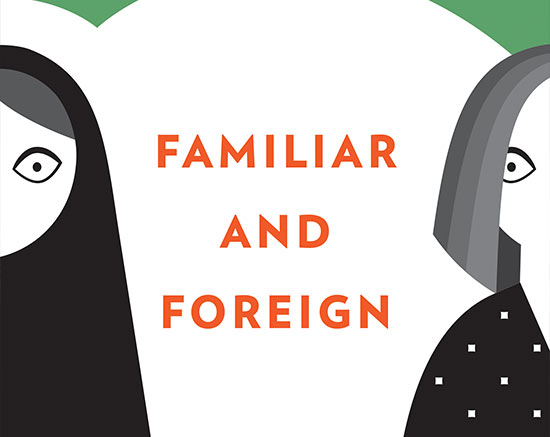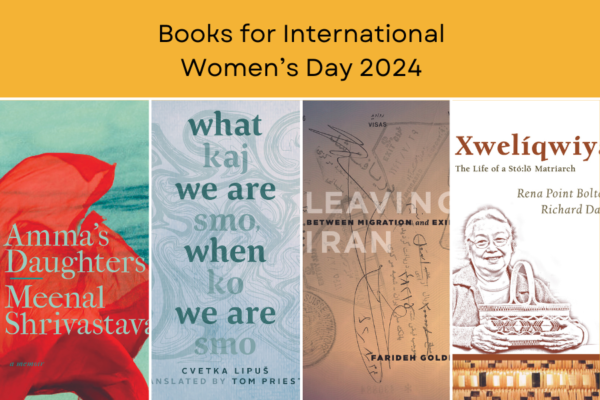The current political climate of confrontation between Islamist regimes and Western governments has resulted in the proliferation of essentialist perceptions of Iran and Iranians in the West. After the recent signing of the Nuclear Deal by Iran and the United States, many of these perceptions were showcased in the debates and discussions that followed. In fact, Christopher Thornton argued in an article that appeared in The Atlantic in 2012, that, “no country in the world is more mis-characterized in Western eyes than Iran.”
As Manijeh Mannani and Veronica Thompson state in the introduction to their book, Familiar and Foreign: Iranian Film and Literature (AU Press’ most recent publication): “In the face of predominantly simplistic and monolithic representations of Iran as a repressive, profoundly patriarchal, and politically intractable nation full of religious fanatics [. . .], Iranian artists reveal a very different society, one whose cultural traditions are rooted in a lengthy and complex history that sometimes sits uneasily with the demands of modernity.” The critical excursions that make up this volume examine works by, among others, the iconic female poet Forugh Farrokhzad, the expatriate author Goli Taraqqi, the controversial memoirist Azar Nafisi, and the graphic novelist Marjane Satrapi, author of Persepolis.
To order a paper copy of the book or to read an electronic version for free, please visit the book’s page on our website.
Contents
Familiar and Foreign: An Introduction • Manijeh Mannani and Veronica Thompson
1 The Development of the Artistic Female Self in the Poetry of Forugh Farrokhzad • Safaneh Mohaghegh Neyshabouri
2 Overcoming Gender: The Impact of the Persian Language on Iranian Women’s Confessional Literature • Farideh Dayanim Goldin
3 Autobiomythography and Self-Aggrandizement in Iranian Diasporic Life-Writing: Fatemeh Keshavarz and Azar Nafisi • Manijeh Mannani
4 Graphic Memories: Dialogues with Self and Other in Marjane Satrapi’s Persepolis and Persepolis 2 • Mostafa Abedinifard
5 Mr. and Mrs. F and the Woman: Personal Identities in Zoya Pirzad’s Like All the Afternoons • Madeleine Voegeli
6 Anxious Men: Sexuality and Systems of Disavowal in Contemporary Iranian Literature • Blake Atwood
7 Reading the Exile’s Body: Deafness and Diaspora in Kader Abdolah’s My Father’s Notebook • Babak Elahi
8 Persian Literature of Exile in France: Goli Taraqqi’s Short Stories • Laetitia Nanquette
9 Farang Represented: The Construction of Self-Space in Goli Taraqqi’s Fiction • Goulia Ghardashkhani
10 Film as Alternative History: The Aesthetics of Bahram Beizai • Khatereh Sheibani
11 Technologies of Memory, Identity, and Oblivion in Persepolis (2007) and Waltz with Bashir (2008) • William Anselmi and Sheena Wilson


